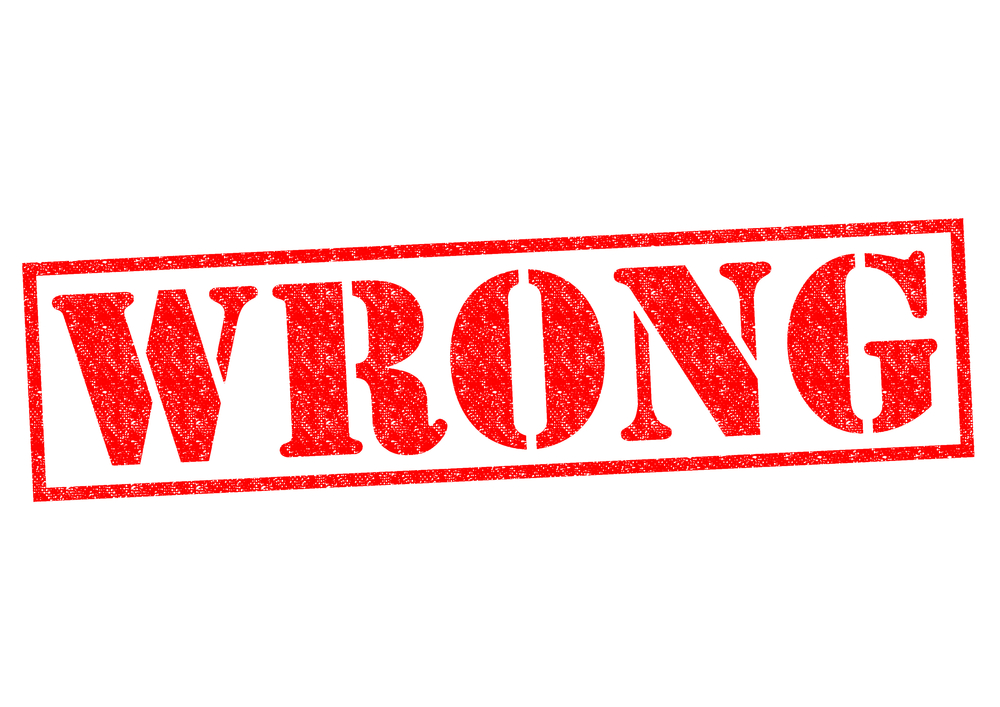The Latest In Fukushima Misinformation
Scientists, researchers and nuclear experts from around the globe have investigated the impact of the nuclear incident in Fukushima Japan following the tsunami there and time and time again have concluded that the effect on commercial seafood has been essentially negligible.
Here’s a Washington Post report that finds the probability of contamination in seafood from Fukushima “was nearly zero.” The Seattle Times reveals, “testing finds no nuke disaster radiation in Alaska seafood.” Research from the Woods Hole Oceanographic Institution confirms trace levels of radiation found on North America’s west coast are “well below internationally established levels of concern.” And on and on it goes. Month after month, year after year, expert after expert, from the World Health Organization (WHO), to the International Atomic Energy Agency (IAEA), to the UN Food Agriculture Organization (FAO) the risk from commercial seafood is debunked.
But that doesn’t stop uninformed, hyperbolic pronouncements from being made by voices that are wholly ignorant of the science. In some cases, like the latest case, it’s not merely ignorance it’s outright deception that drives an inaccurate fear narrative.
 This image, generated by the National Oceanic and Atmospheric Administration (NOAA), is being misrepresented as radiation contaminating the entire Pacific Ocean. That is not what the image depicts. It is a representation of wave energy from the tsunami, not radiation. Websites that claim this is NOAA’s illustration of radiological contamination are just plain wrong. But beyond just being wrong they are actively deceiving their readers and promoting misinformation.
This image, generated by the National Oceanic and Atmospheric Administration (NOAA), is being misrepresented as radiation contaminating the entire Pacific Ocean. That is not what the image depicts. It is a representation of wave energy from the tsunami, not radiation. Websites that claim this is NOAA’s illustration of radiological contamination are just plain wrong. But beyond just being wrong they are actively deceiving their readers and promoting misinformation.
For the latest in accurate, independent, third-party information visit FukushimaFishFacts.com



